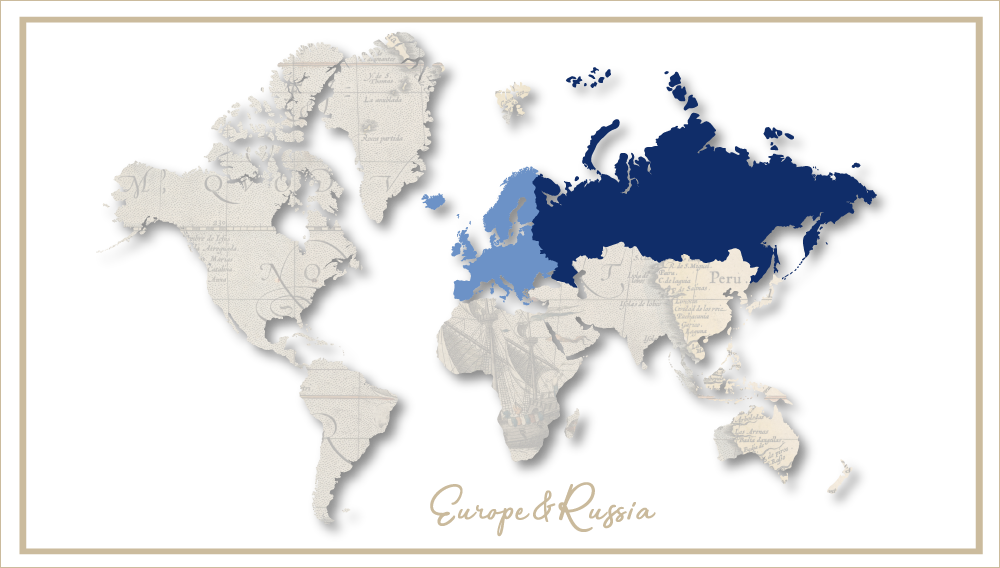Heineken sees light at the end of the tunnel
The Amsterdam-based company said profit before exceptional items and amortization of brands, or BEIA, a figure closely watched by the market, will grow by low double digits in 2009 when acquisitions, disposals and currency movements are excluded. Previously, the company forecasted growth by "at least high-single digits."
The brewer said profit before exceptional items and amortization of brands "may still be slightly lower than in 2008" as the Euro’s strength will hit profits from outside the Euro zone.
Like SABMiller and AB-InBev, Heineken is being hard hit by the economic downturn and falling beer consumption in its mature markets. All the major brewers are trying to defend their premium brands, increasing prices even as volumes decline.
Heineken has responded to the downturn by cutting costs and raising prices for its beers, but has also had to focus on reducing debt, which rose after Heineken bought parts of U.K.-based Scottish & Newcastle last year. During the past few months, the brewer announced the closure of four breweries and three maltings, although it didn’t give a figure for the savings it expects to achieve.
Heineken, the world’s number three brewer behind AB-InBev and SABMiller, said revenue in the third quarter dropped 3.9 percent to EUR 4.07 billion from EUR 4.24 billion a year earlier, while organic beer volumes declined 4.7 percent.
The decline was greatest in the Americas, and Heineken blamed "the challenging consumer environment in North America." Heineken expects volumes to remain under pressure in most of its mature markets in Europe and the Americas, where the economic downturn has prompted consumers to switch to cheaper, private-label beers.
"(This is) a segment in which Heineken does not seek to compete," the company said.
Many analysts think that the continued volume decline does not bode well for the future. They fear that Heineken’s top line is under pressure because the benefits from higher prices are fading.
As concerns acquisitions, Heineken Chief Financial Officer, René Hooft Graafland said Heineken isn’t only focused on emerging markets for expansion because it feels it could also create value for shareholders in mature markets.
"We judge M&A opportunities based on the value you can create", he said. "You can create value by having a number one or number two position in an individual market."
Mr Hooft Graafland also said that Heineken would be wary about debt-financed acquisitions if it lifted the firm’s net debt to EBITDA ratio above 3.5. In the first half, Heineken’s net debt/EBITDA ratio was 3.1. This kind of ratio is considered “manageable” by many analysts considering that AB-InBev’s debt/EBITDA ratio after the Anheuser-Busch takeover shot to 7.


